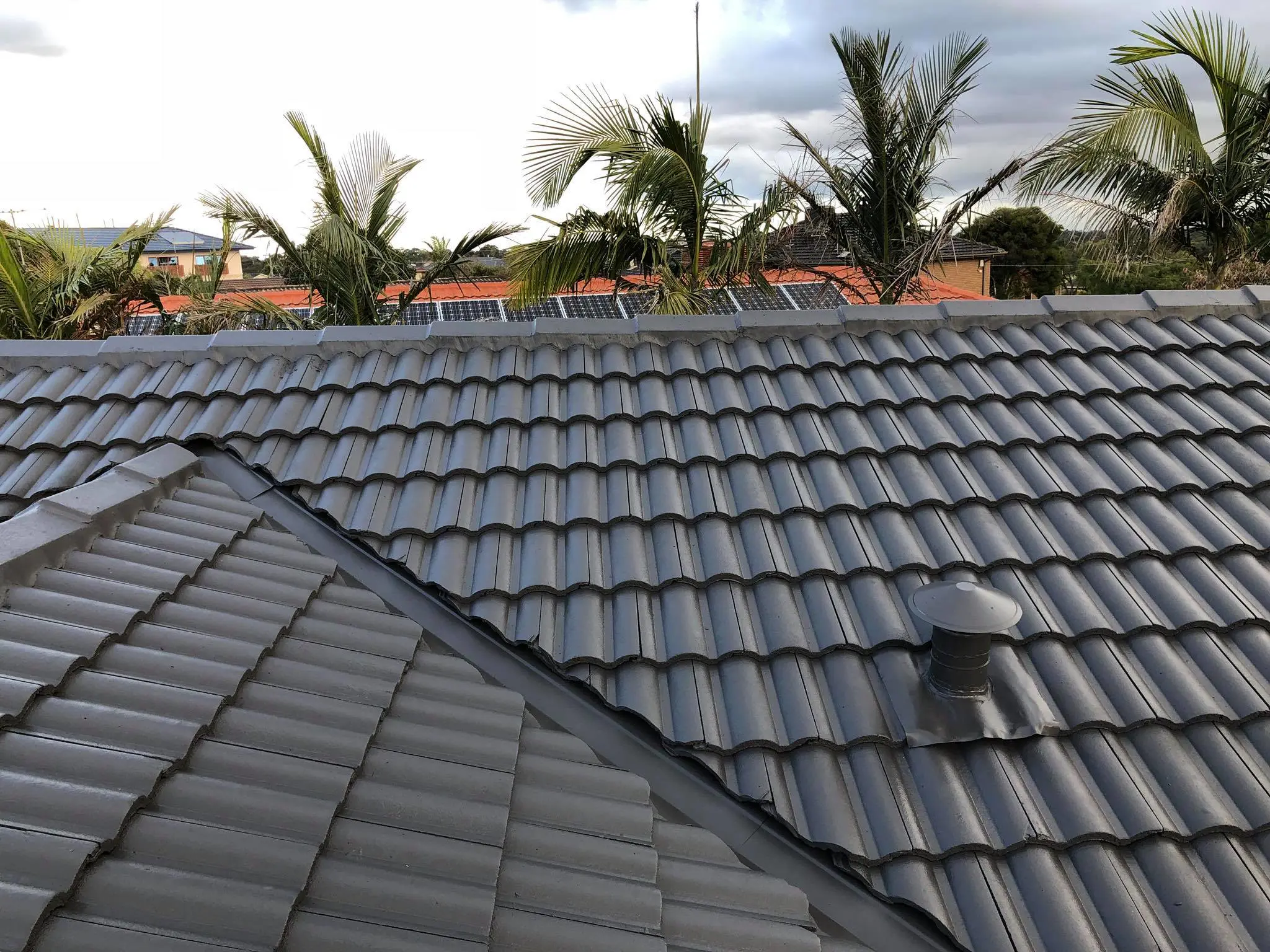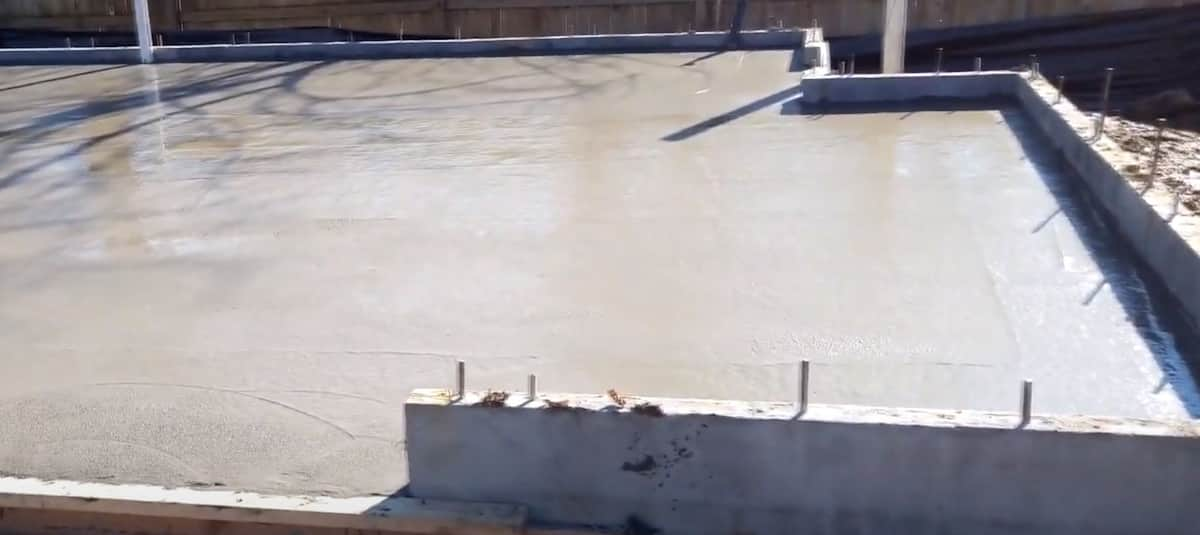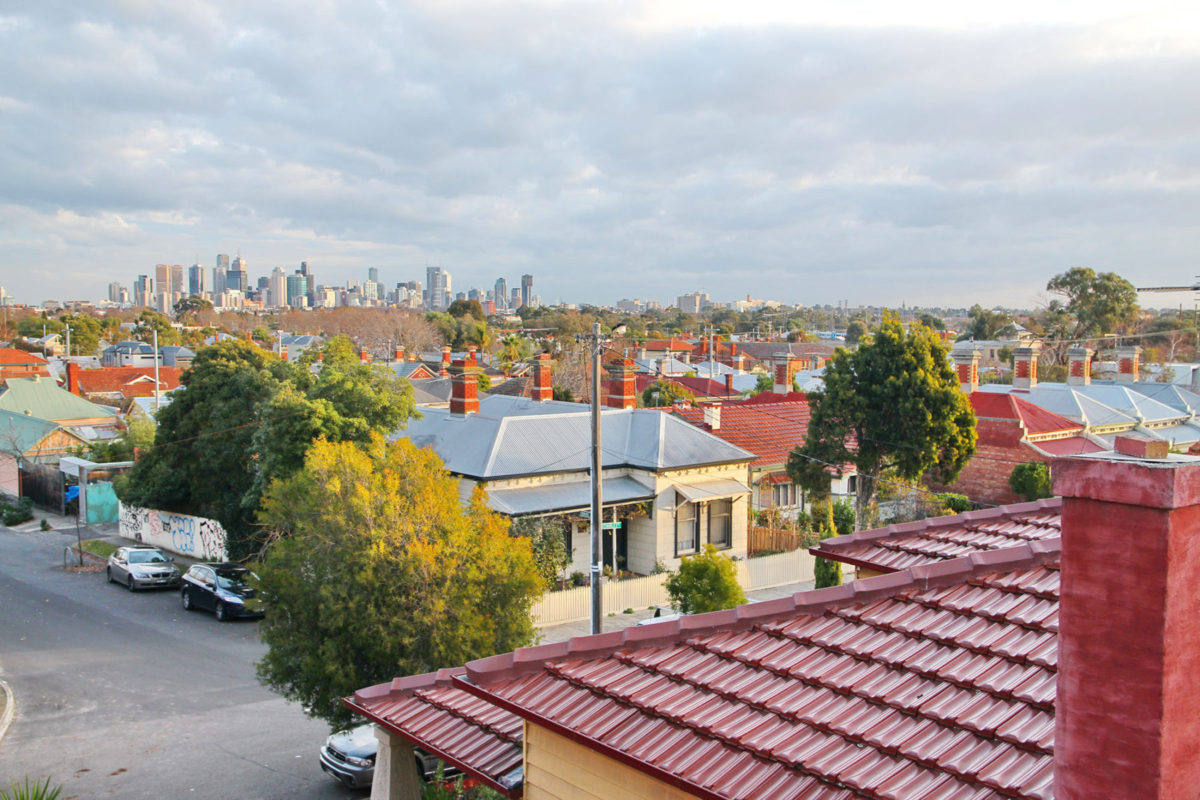Structural integrity is critical to the safety and longevity of any building, and identifying potential issues early can save you thousands in costly repairs. Whether you’re purchasing a new home, maintaining your current property, or preparing for renovations, a thorough building inspection can reveal hidden problems that may not be immediately visible. This guide will walk you through the key structural issues to watch out for during a building inspection, with a special focus on the importance of Frame Inspection in Melbourne and other essential inspection services.
1. Cracks in Walls or Foundation
One of the most common indicators of structural problems is the presence of cracks in the walls or foundation of a building. Small hairline cracks are usually harmless, but large or expanding cracks can signal serious underlying issues such as foundation movement or settling.
What to look for: Inspect the exterior and interior walls for cracks, especially around windows, doors, and corners of the building. Cracks that are more than 5mm wide, horizontal cracks, or stair-step cracks in brickwork can indicate foundation shifts. A Licensed building inspector in Melbourne can assess the severity of these cracks and recommend the necessary repairs.
2. Uneven Floors
If you notice that the floors in your property are uneven or sloping, this could be a sign of foundation problems or issues with the building’s structural framing. Uneven floors may also cause doors and windows to misalign, making them difficult to open or close.
What to look for: Walk through each room and pay attention to any noticeable dips or slopes in the floor. You can also use a marble or a level to check for subtle changes in the floor’s evenness. In older homes, some slight unevenness is common, but significant shifts should be evaluated by a professional providing Frame Inspection services.
3. Signs of Water Damage
Water damage is a major contributor to structural issues and can lead to rot, mould, and weakened support beams. Water intrusion can come from roof leaks, plumbing issues, or inadequate drainage around the property, all of which can cause long-term damage if not addressed quickly.
What to look for: Inspect the ceilings, walls, and floors for signs of water damage, such as discolouration, damp spots, peeling paint, or mould growth. Check the basement and crawl spaces for signs of flooding or excess moisture. If water damage is found, a licensed building inspector in Melbourne can help determine whether the structural integrity of the home has been compromised.
4. Sagging Rooflines or Ceiling Beams
A sagging roofline or ceiling beam is a major red flag that there could be structural problems in your property. This could indicate that the load-bearing structures are failing or that there has been a shift in the foundation.
What to look for: Step outside and observe the roofline to see if it is straight or if there are any noticeable dips. Inside, look for sagging beams or ceilings, which could indicate that the support structures are weakening. This is especially critical during a Frame Inspection in Melbourne, as the frame is what supports the weight of the entire building.
5. Gaps Around Windows and Doors
Gaps between windows or doors and their frames can be an early indicator of foundation movement or structural shifts. This may also cause the doors and windows to stick or fail to close properly.
What to look for: Examine the areas around windows and doors for gaps or misalignments. If you notice large gaps or difficulty in opening and closing, it could indicate that the structure is shifting, and further inspection is needed. A professional Frame Inspection service can help determine whether the frame or foundation is the issue and suggest remedies to fix the problem.
6. Rotting Wood or Rusted Metal
Structural elements made of wood or metal can degrade over time, particularly if they are exposed to moisture. Wood rot or rusted metal can significantly weaken the building’s framework, making it prone to collapse or other structural failures.
What to look for: Inspect any exposed wooden beams, floorboards, or metal elements for signs of decay, rot, or rust. Pay particular attention to areas that are likely to be exposed to moisture, such as basements, attics, and around plumbing. If you notice any decay or rust, a licensed building inspector in Melbourne should evaluate the extent of the damage and suggest repairs or replacements.
Protect Your Property with Professional Building Inspections
Spotting structural issues early is crucial to maintaining the safety and value of your property. Whether you’re concerned about cracks, sagging roofs, or water damage, working with a professional Licensed building inspector in Melbourne ensures that these issues are identified and addressed before they turn into costly repairs.
At QBC – Quality Building Consultant, we provide comprehensive Frame Inspection services and other building inspection solutions to help you safeguard your property. Our experienced team can spot potential problems early, giving you the peace of mind you need when buying, building, or maintaining a home. Contact us today to schedule an inspection and ensure your property remains structurally sound for years to come.







